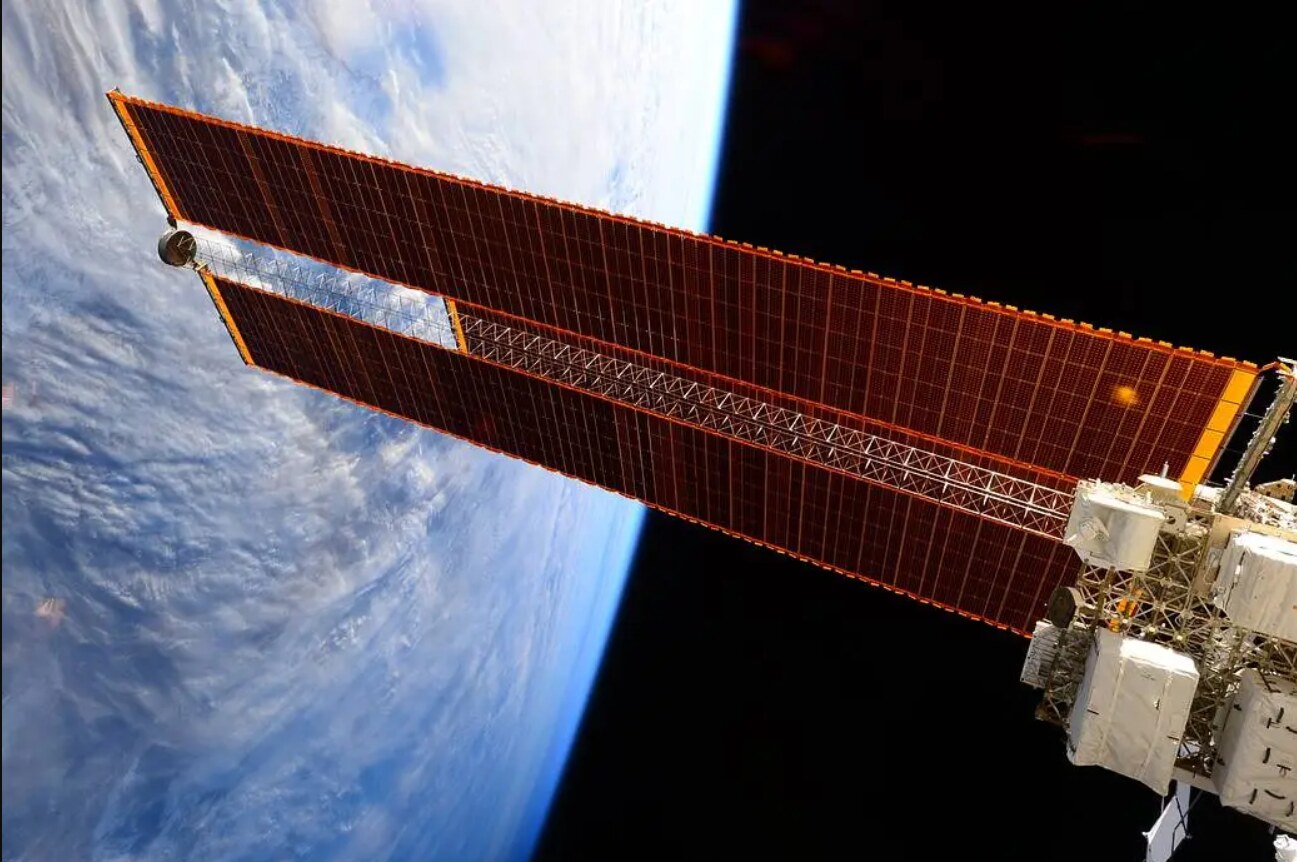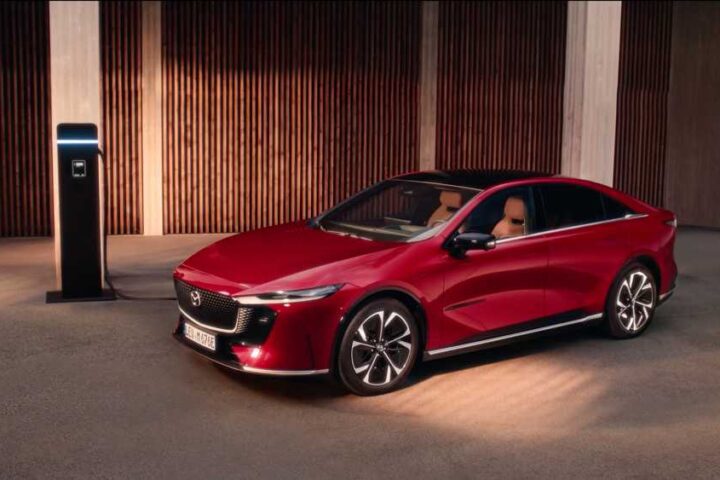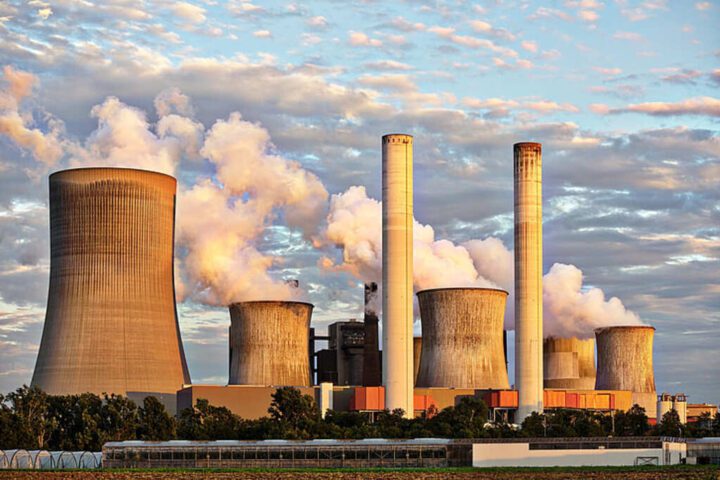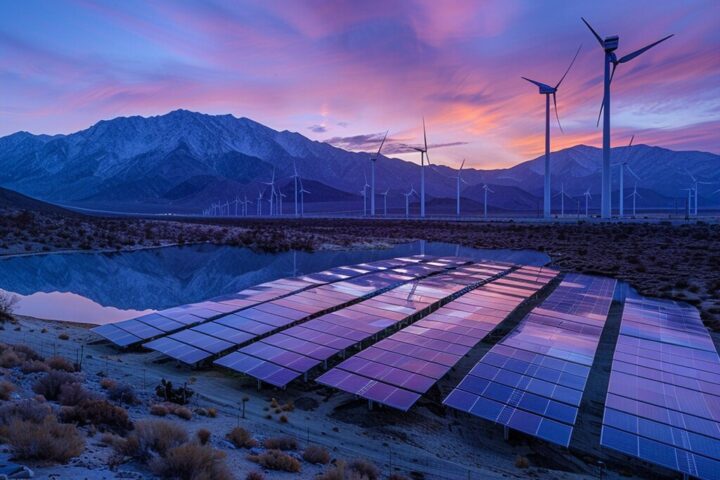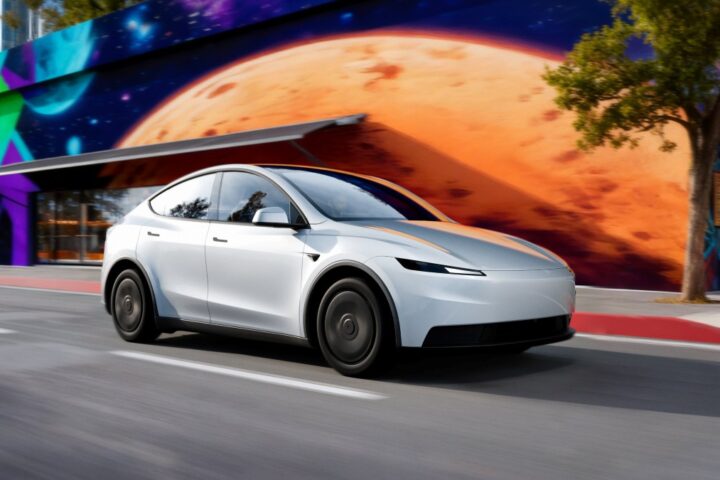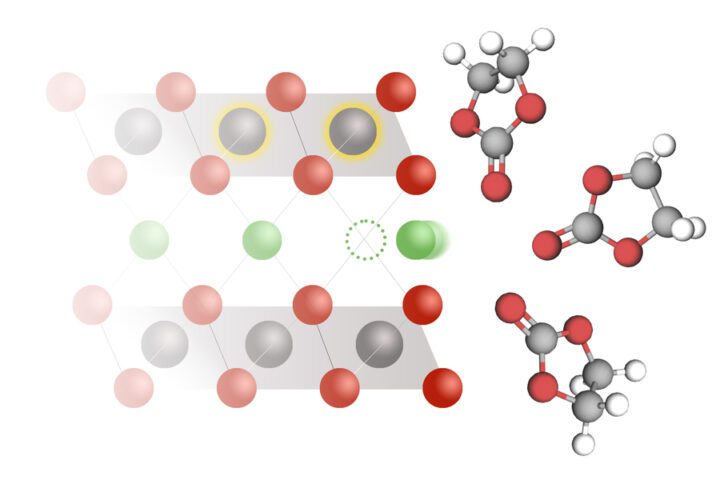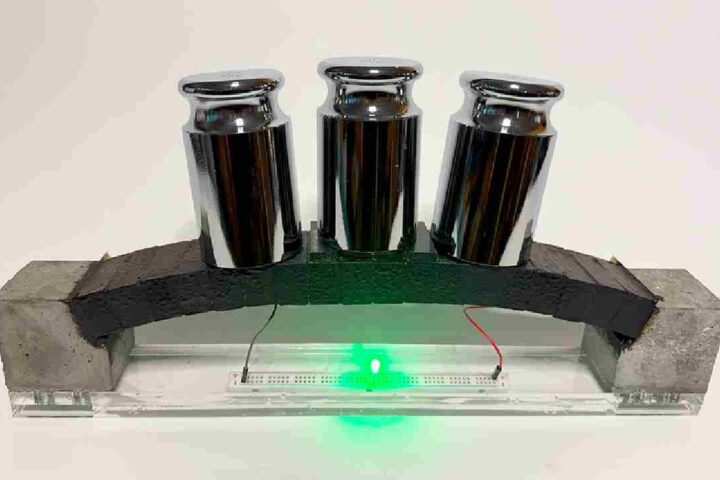China is building something extraordinary – a massive solar power station in space that could change how we get our electricity. This isn’t just another power plant; it’s a solar panel array one kilometer wide, floating 36,000 kilometers above Earth, where it can catch sunlight 24 hours a day.
“It is as significant as moving the Three Gorges Dam to a geostationary orbit above the Earth,” explains Long Lehao, the chief designer of China’s Long March rockets, comparing it to China’s largest power plant. Long shared these details during a recent lecture at the Chinese Academy of Sciences, highlighting how this space station could generate as much energy in one year as all the remaining oil on Earth.
Think about your home solar panels – they only work during daylight hours and cloudy days reduce their effectiveness. This space station solves these problems by staying in a fixed position above Earth (called geostationary orbit), where clouds and darkness don’t interfere. According to technical assessments, this means it can collect solar energy ten times more efficiently than solar panels on the ground.
The process works like a three-step relay race. First, the giant solar panels in space catch sunlight and convert it to energy. Then, this energy transforms into microwaves – similar to what your microwave oven uses, but much weaker and safer. Finally, receiving stations on Earth catch these microwaves and convert them back into electricity that can power homes and businesses without interruption.
Construction preparation began in Chongqing in 2019, and China plans to use its new Long March-9 rocket to carry the parts into space. Once assembled, the station will continuously beam energy back to Earth, potentially providing a reliable power source that doesn’t depend on weather conditions or time of day.
China isn’t alone in this space race for solar energy. American companies Lockheed Martin and Northrop Grumman are developing similar technology. Japan’s space agency JAXA is planning to test a small prototype this year, while the European Space Agency is exploring its own version of space-based solar power.
The impact could be significant. The Three Gorges Dam, China’s largest power plant, produces 100 billion kilowatt-hours of electricity yearly. This space station aims to match or exceed that output, potentially providing stable, clean energy to countless households and businesses.
Similar Posts
For comparison, think about your monthly electricity bill and imagine a future where power comes directly from the sun, captured by technology that works around the clock. While the initial construction costs are high, the long-term benefit is a constant energy supply that doesn’t rely on fossil fuels or face the usual limitations of Earth-based renewable energy.
This project represents more than just an engineering achievement; it’s a step toward addressing global energy needs through space technology. As countries work to reduce their reliance on fossil fuels, innovations like this space-based solar station could help provide the clean, reliable energy needed for our growing world.
The success of this project could influence how we think about power generation and distribution. While challenges remain in the transmission and operation of this technology, the potential benefits make this an endeavor worth watching.
